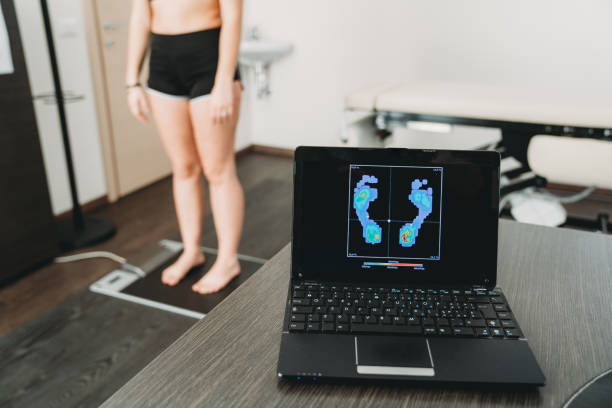The Centers for Advanced Orthopaedics is redefining the way musculoskeletal care is delivered across the region with locations throughout Maryland, DC, Virginia and Pennsylvania.
What Your Foot Shape Says About Your Health

Every person's feet are unique. Some have flat arches, others have high arches, and many fall somewhere in between. Foot structure may seem like a minor detail, but it plays a crucial role in comfort, mobility, and overall health.
Flat Feet
Flat feet occur when the arches of the foot collapse or fail to develop fully. In some cases, the entire sole of the foot touches the ground when standing. While flat feet are standard and not always painful, they can sometimes lead to problems such as:
- Increased risk of ankle sprains due to less stability
- Overpronation (the foot rolling inward when walking)
- Strain on the knees, hips, and lower back
For some individuals, supportive footwear or custom orthotics can help distribute weight more evenly and reduce stress on the joints.
High Arches
High arches are the opposite - the arch of the foot is pronounced. This shape reduces the amount of natural shock absorption during walking or running. As a result, high arches may contribute to:
- Heel pain or plantar fasciitis
- Stress fractures due to concentrated pressure on certain areas
- Ankle instability and sprains
Supportive shoes with cushioning, as well as orthotics designed to distribute pressure more evenly, are often recommended for individuals with foot conditions.
What About 'Normal' Arches?
A moderate arch typically provides balance between flexibility and support. However, even those with a neutral foot shape can experience problems if they wear poorly fitting shoes, stand for long periods, or have other risk factors such as arthritis or past injuries.
Why Foot Shape Matters
Foot shape affects how weight is distributed, how the body absorbs impact, and how stable the joints remain during movement. Over time, imbalances can lead to pain not only in the feet but also in the ankles, knees, hips, and lower back. Understanding your foot type is a crucial step in selecting the proper footwear, preventing injuries, and promoting long-term musculoskeletal health.
Key Takeaway
Flat feet, high arches, and variations in between each present unique considerations for long-term foot and ankle health. While foot shape alone does not always cause pain, it can influence posture, balance, and comfort in everyday life. Paying attention to your foot type can help you make more informed choices about shoes, exercise, and overall care, supporting healthier movement now and in the future.